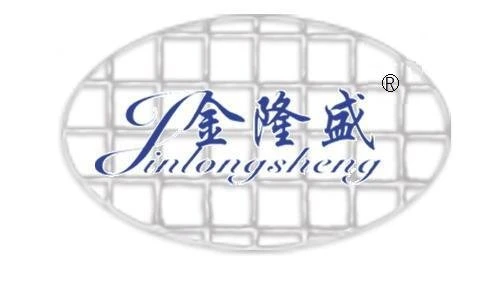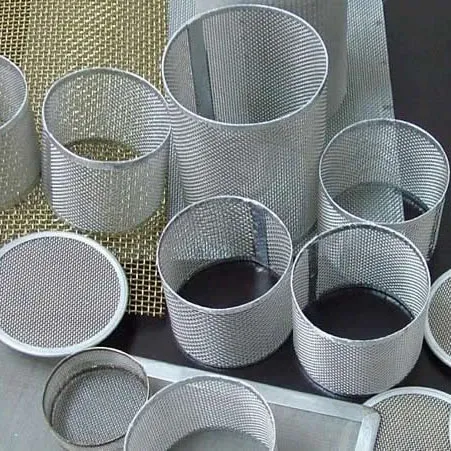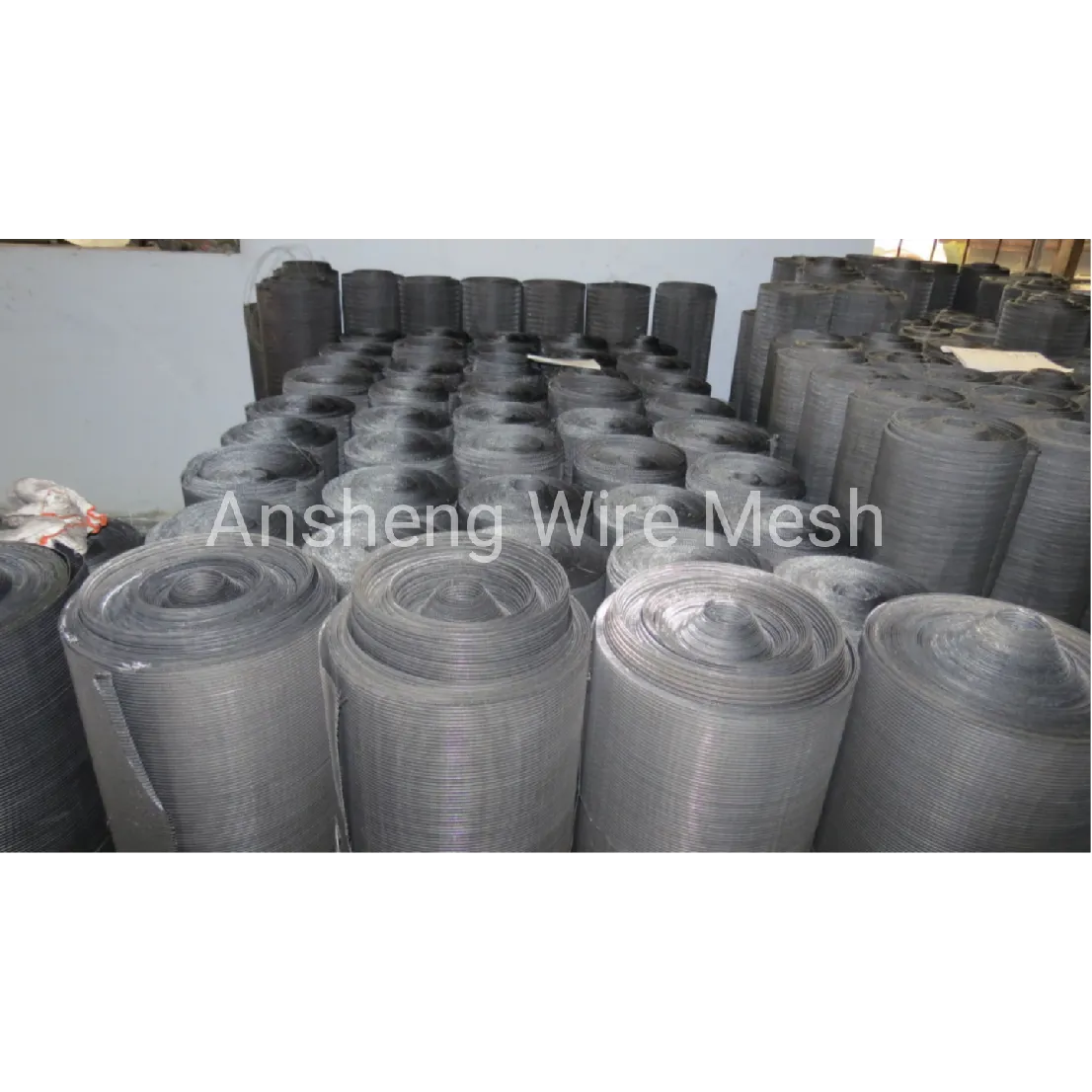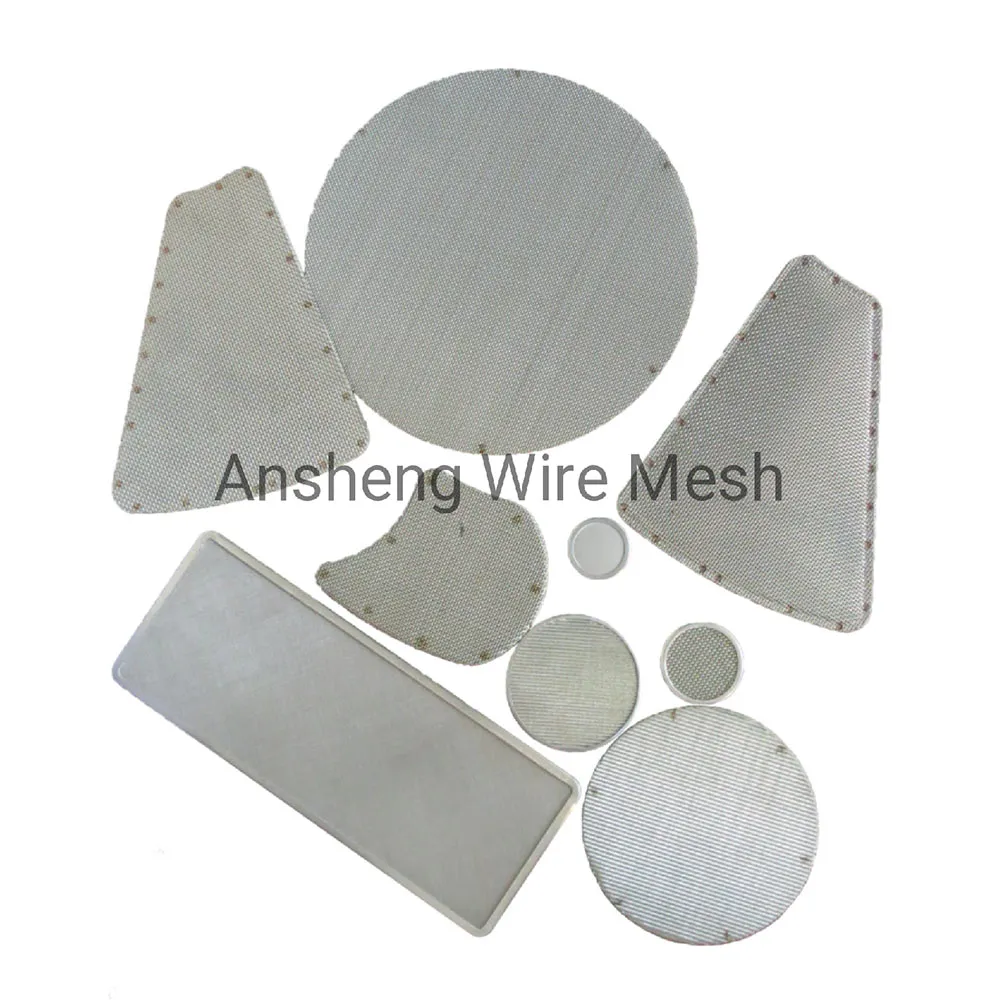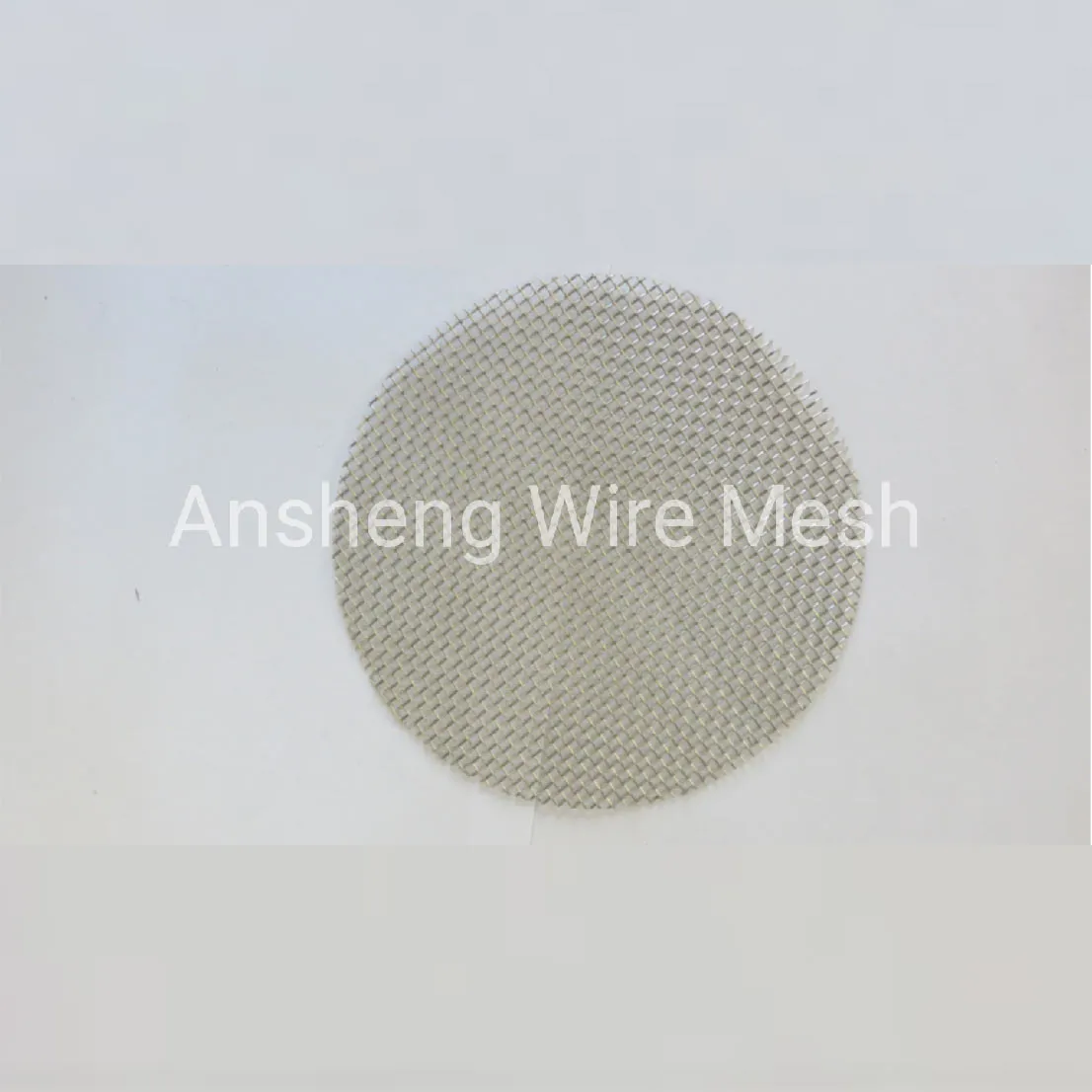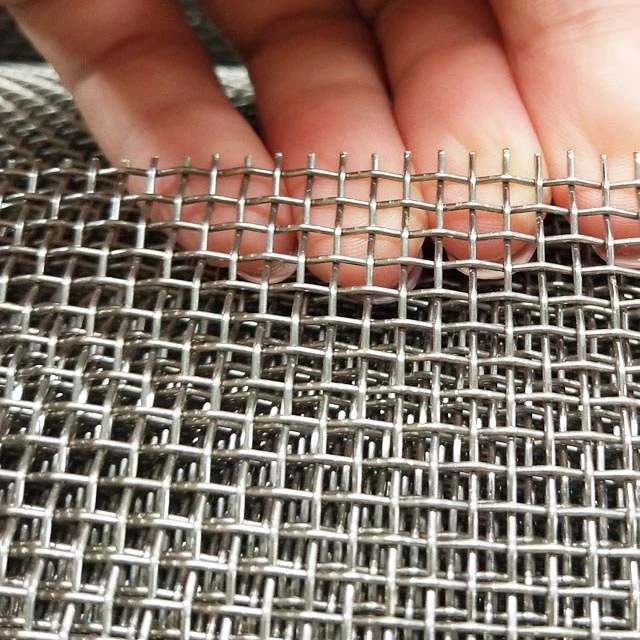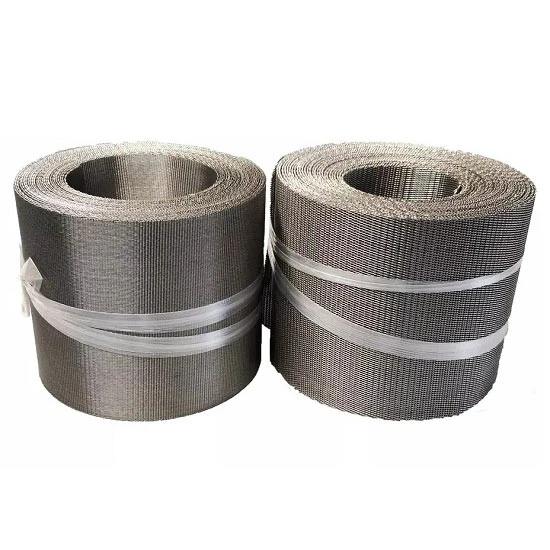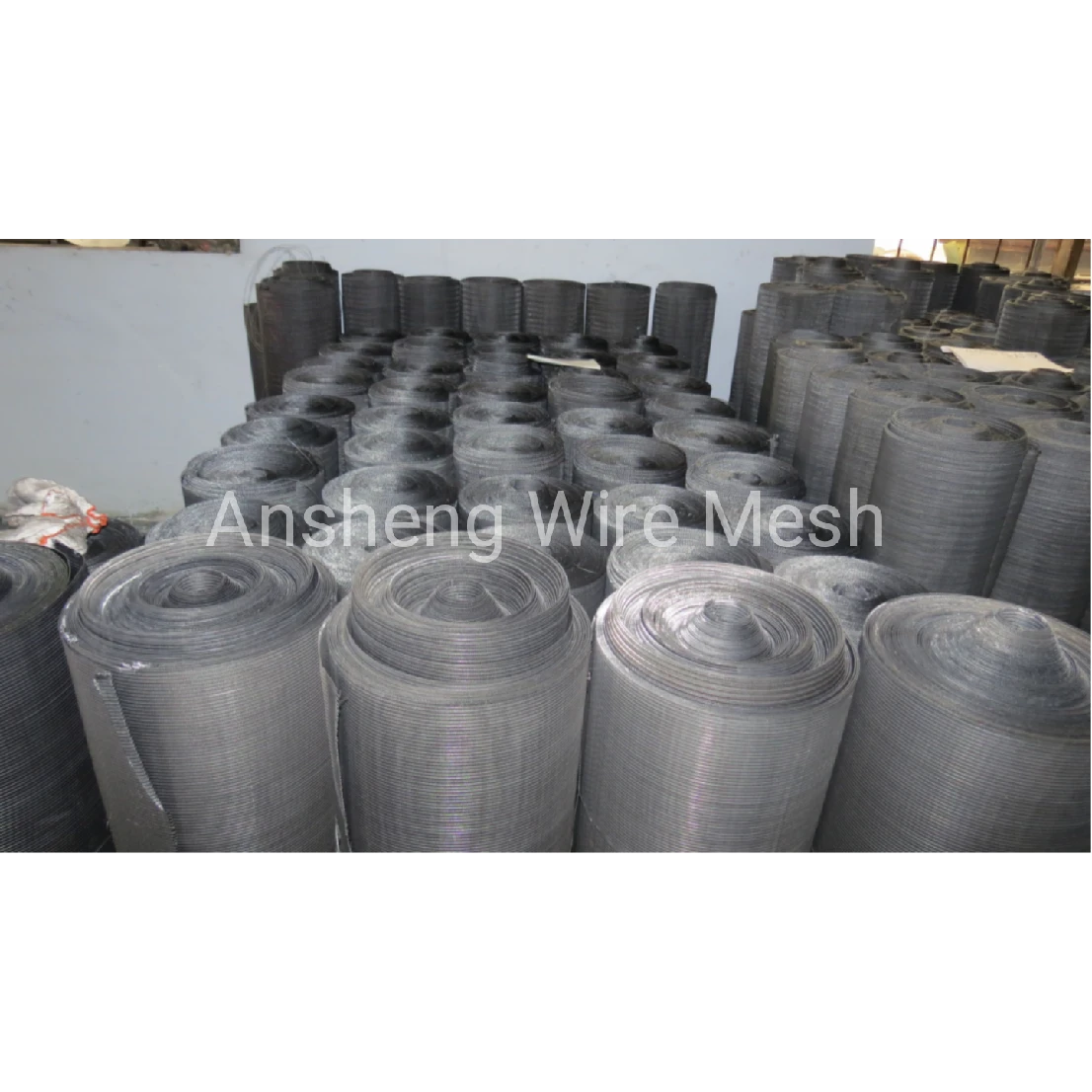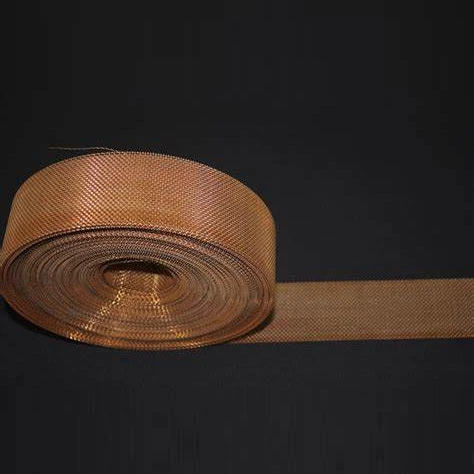Why Stainless Steel Wire Mesh Metal Mesh Sheets Matter Globally
At first glance, a stainless steel wire mesh metal mesh sheet might seem like an unassuming industrial product. But when you pull back, it’s clear these materials are foundational across a staggering range of industries worldwide—from critical infrastructure and agriculture to architectural landmarks and humanitarian efforts. Understanding what these mesh sheets are and why they’re indispensable means appreciating how they keep our infrastructures strong, food supplies safe, and even rescue operations efficient in times of crisis.
Globally, the demand for durable and versatile materials has surged alongside rapid industrialization and environmental challenges. According to the International Organization for Standardization (ISO), robust materials like stainless steel meshes help reduce waste by lasting longer and requiring less frequent replacements. So, this isn’t just about wire and metal—it’s about durability meeting sustainability on a global scale.
The Global Context: How Stainless Steel Wire Mesh Sheets Fit In
In the context of global trade, engineering, and even emergency response, stainless steel wire mesh metal mesh sheets play a pivotal role. The World Bank reports that global infrastructure investment is more than $3 trillion annually, with materials quality at the core of longevity and reliability. It’s challenging enough to build physically resilient structures, but add in environmental stressors—humidity, saltwater, pollutants—and materials need to be tougher than ever.
Here lies the problem: majority of traditional mesh materials succumb too quickly to rust or fatigue. That’s why stainless steel meshes—which resist corrosion while maintaining tensile strength—are in such demand. Industries as varied as aerospace, water filtration, and even food processing rely on them to keep systems safe and efficient. They literally make the difference between a lasting solution and a recurring headache.
What Exactly Is a Stainless Steel Wire Mesh Metal Mesh Sheet?
Put simply, a stainless steel wire mesh metal mesh sheet is a grid of interwoven or welded stainless steel wires that form a sheet-like structure. Think of it as a metallic fabric designed for strength, corrosion resistance, and versatility. Because it’s stainless steel, the sheet is largely immune to rust and chemical degradation, making it perfect for harsh conditions.
These mesh sheets come in many types—woven, welded, perforated—tailored to different weights, weave patterns, and opening sizes depending on needs. They’re vital to modern industries that require filtration, protective barriers, reinforcement, or architectural detailing.
Interestingly, these are increasingly significant beyond heavy industry. Humanitarian groups use them in temporary shelters and water purification units, especially where durability and hygiene are critical. So the wire mesh sheet isn’t just “metal”—it’s part of the toolkit for creating resilience in both factories and refugee camps.
Core Components That Define Quality and Performance
1. Durability & Corrosion Resistance
A stainless steel composition (usually grades 304 or 316) creates the backbone of this durability. It withstands weather, chemicals, and mechanical impact—meaning fewer replacements and safer long-term usage.
2. Scalability & Customization
Because the wire mesh can be woven or welded in countless configurations—from fine filters to heavy-duty fences—it offers immense versatility. Whether a tiny opening for microfiltration or a large mesh for construction reinforcement, manufacturers can tailor sheets accordingly.
3. Cost Efficiency Over Lifetime
It might seem costlier upfront compared to alternatives, but longer lifespans and less maintenance equal lower total costs in real terms. That’s a crucial factor engineers must consider.
4. Weight and Strength Balance
Wire mesh sheets balance tensile strength with relative lightness, supporting applications where both weight and robustness are design drivers, such as conveyor belts or architectural facades.
5. Environmental Sustainability
Being recyclable and durable, these sheets support sustainability agendas, helping companies reduce waste and carbon footprint.
Global Applications: From Industry Giants to Aid Organizations
So who actually uses stainless steel wire mesh metal mesh sheets? Pretty much everyone who needs reliable, durable metal grids that won’t fail unpredictably. A few snapshots:
- Construction and Architecture: Facade cladding, concrete reinforcement, protective barriers.
- Water Treatment Plants: Mesh screens as filters for contaminants.
- Agriculture: Livestock fencing and insect-proof screens.
- Post-Disaster Relief: Temporary shelters and even sanitation setups utilize mesh sheets for robustness and ventilation.
- Manufacturing: Conveyor belts, sieves, and safety guards.
For example, in Southeast Asia, especially Vietnam and Thailand, mesh sheets protect aquaculture farms against predators and debris while allowing water flow. In harsh Middle Eastern climates, they reinforce water filtration systems that supply clean drinking water. Oddly enough, you see them far beyond factories—in refugee camps for tents reinforcing or drying racks.
Product Specification Table
| Specification | Details |
|---|---|
| Material Grade | 304, 316 Stainless Steel |
| Mesh Opening Size | 0.1 mm to 50 mm |
| Wire Diameter | 0.02 mm to 5 mm |
| Sheet Dimensions | 1m x 2m (standard), customized on request |
| Finish | Polished, Matt, Galvanized |
| Tensile Strength | 500 – 800 MPa (typical) |
Advantages and The Long-Term Value: More Than Just Metal
Why do engineers swear by stainless steel mesh sheets? Frankly, because they last—and that means less downtime and fewer safety risks in the long haul. There's also an emotional side to this: when you choose a mesh sheet with proven durability, you’re investing in peace of mind. In fields like food or water treatment, reliability translates directly to public health, which is not just a technical matter but deeply human.
The lower lifetime costs and recyclability add a sustainability halo. Plus, companies get to say they’re building something both strong and “green.” It often surprises newcomers how a product of this simplicity can underpin massive social impact, from better farm yields to cleaner waters.
Innovations Driving the Future of Stainless Steel Wire Mesh Sheets
The sector isn’t standing still: the fusion of digital tech, like AI-driven quality control, helps manufacturers create ultra-precise mesh patterns. Some suppliers now integrate nano-coatings for even better corrosion resistance without compromising breathability.
On a sustainability front, more producers source recycled stainless steel, and some have moved to lower carbon footprint manufacturing processes, which ISO recently spotlighted in its standard updates. Add smart automation for custom orders, and you see a mix of tradition and new technology harmonizing.
Challenges and Practical Solutions
Of course, it’s not perfect. Stainless steel meshes can be pricey upfront. Also, welding or weaving extremely fine mesh needs skilled handling to avoid defects. Some harsh chemicals still cause degradation over time if not specified correctly.
But solutions are emerging fast. Bulk-buy agreements reduce costs, robotic weaving ensures consistent quality, and new alloy formulations improve chemical tolerance. Plus, using stainless steel wire mesh metal mesh sheet from trusted vendors means you avoid headaches caused by poor-quality product variants.
Vendor Comparison Table: Popular Stainless Steel Wire Mesh Sheet Providers
| Vendor | Price Range (per m²) | Customization Options | Lead Time | Quality Certifications |
|---|---|---|---|---|
| Ansheng Filters & Screens | $$$ | Wide (mesh size, alloys) | 2-3 weeks | ISO 9001, SGS |
| Global Mesh Corp. | $$ | Limited | 4-6 weeks | ISO 14001 |
| SteelGrid Solutions | $$$ | Moderate | 3-4 weeks | ISO 9001, CE |
Frequently Asked Questions About Stainless Steel Wire Mesh Metal Mesh Sheet
Q1: What makes stainless steel wire mesh metal mesh sheets better than traditional iron mesh?
A: Stainless steel meshes resist rust and corrosion much longer than traditional iron. This greatly extends their service life, especially outdoors or in humid environments, making them more cost-effective in the long run.
Q2: How customizable are these metal mesh sheets for specialized industrial uses?
A: Very customizable. Mesh opening size, wire diameter, alloy type, surface finish, and sheet size can all be tailored to fit filtration, reinforcement, or protective needs across industries.
Q3: Are stainless steel wire mesh sheets recyclable and eco-friendly?
A: Yes. Stainless steel is fully recyclable without losing quality. Plus, durable meshes reduce the need for replacements, lowering material waste over time.
Q4: What lead time can I expect for bulk orders?
A: Lead times vary by vendor and customization level, but typically range from 2 to 6 weeks. Pre-order planning is advisable for large projects.
Q5: Can these mesh sheets be used in potable water treatment applications?
A: Absolutely. Grades like 316 stainless steel are commonly used in water filtration due to chemical resistance and hygienic properties.
Conclusion: Investing in Durability and Trust
A strong stainless steel wire mesh metal mesh sheet is a quiet enabler of modern life, supporting everything from towering skyscrapers to clean water supply and disaster relief shelters. Choosing these resilient mesh sheets isn’t just an industrial decision—it’s a commitment to quality, longevity, and sustainability.
Whether you’re an engineer, a project manager, or a sustainability advocate, investing in the right mesh materials pays dividends in reliability and peace of mind. Curious to explore specific models or talk customization? Visit our website: https://www.anshengfilterscreen.com and discover how these sheets could transform your next project.
References
Post time: Nov . 20, 2025 02:00
